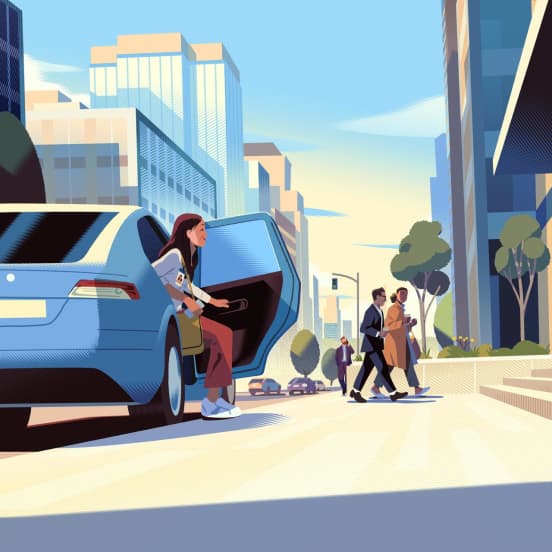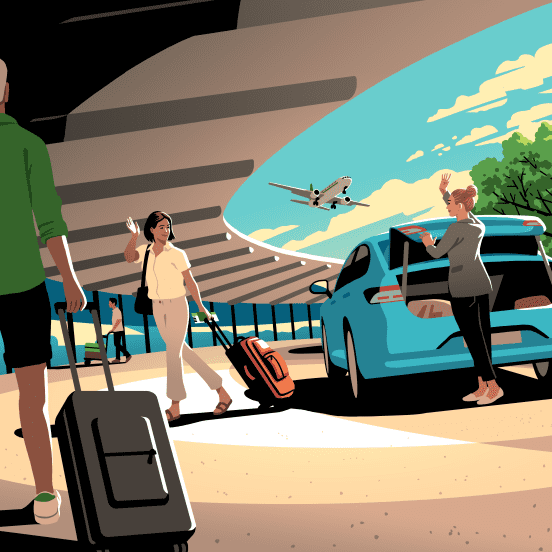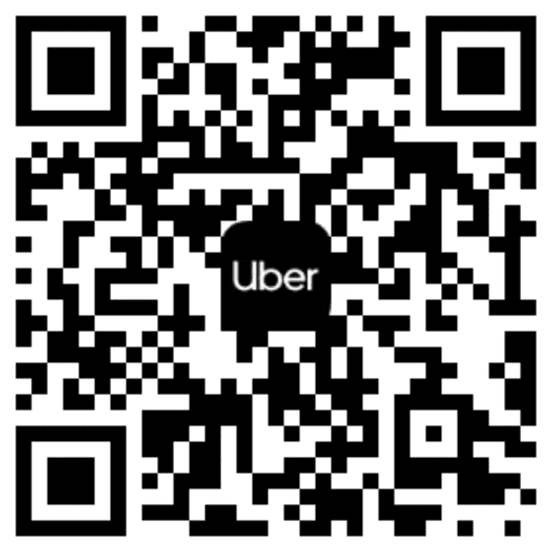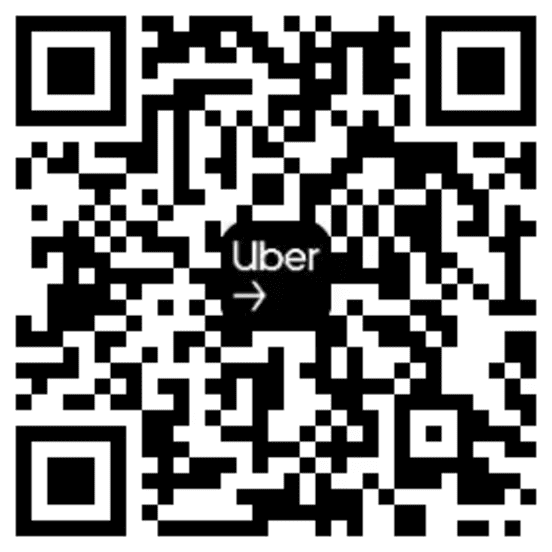Getting around Seattle, WA
Planning to travel in Seattle? Whether you’re a visitor or a resident, let this guide help you make the most of your Seattle experience. Travel from Seattle-Tacoma International Airport to popular hotels like Sheraton Grand Seattle using Uber and discover popular routes and destinations.
Reserve a ride in Seattle with Uber
Arrange your car service needs in advance with Uber in Seattle. Request a ride anytime up to 90 days ahead, whether you need transportation to Seattle-Tacoma International Airport, you have plans to visit your favorite restaurant, or you’re going somewhere else.
Rideshare and other services in Seattle, Washington
Getting around Seattle without a car is easy with Uber. Find places to visit, then request a ride on any day and at any time of the week. You can request a ride from Seattle-Tacoma International Airport to Allentown or head to another destination with the app. If you’re planning to travel in Seattle with a large group, request SUV to enjoy a comfortable ride.
Open the Uber app and enter your destination to begin exploring Seattle.
Seattle-area airport car service
When your travel in Seattle takes you to an airport from Allentown, Central District or elsewhere, open the app and request a ride at any time of day. Tap below on the name of a nearby airport to learn how to use Uber to get car service to arrivals and departures. On the linked airport page, you’ll find out where to meet your driver for pickup, how much the trip will cost, and more.
Popular destinations in Seattle, WA
Uber makes Seattle travel easy. While riders can use Uber to request a ride to pretty much anywhere, some destinations are more popular than others. Uber riders getting around Seattle request rides to Space Needle more than any other spot.
Here, you can explore popular routes requested by riders near you—with dropoff locations and average route prices.
Destination | Average price with UberX* |
|---|---|
Space Needle | $18 |
Seattle Ferry Terminal | $21 |
Climate Pledge Arena | $25 |
T-Mobile Park | $27 |
Lumen Field | $29 |
Seattle taxis and other ride options
Car rentals near Seattle, WA
Frequently asked questions
- Is Uber available in Seattle?
Yes. The Uber app gives you the power to request a ride to get around Seattle anytime, 24/7.
- What’s the most affordable way to travel in Seattle?
With Uber, you can choose the ride option that works best for your budget when you travel in Seattle. To get an estimated cost, sign in online or open the app and input your destination in the “Where to?” box. The price estimate for each ride option will appear. Scroll to explore what’s currently available.
- Can I get around Seattle without a car?
Yes. Sign in online or open your Uber app to request a ride in Seattle, and let your driver take you where you want to go. (You might see other Seattle transportation options available in your app, too.)
- Can I rent a car in Seattle?
Sign in to your Uber account on Uber.com or open your Uber app to find out if car rentals are available in your city. If so, choose Rent and complete your reservation with a rental provider on Uber.com or using the Uber app. Then travel in Seattle or wherever the road takes you.
- How does Uber in Seattle help keep riders safe?
Your safety when traveling in Seattle is a top priority. In a few taps, you can access in-app features like the emergency assistance button to call authorities if you need help.
- Is Uber Eats available in Seattle?
Yes. Uber Eats offers pickup or food delivery in Seattle from your favorite restaurants. Browse lots of food delivery options, place your order, and track it by the minute.
Uber does not tolerate the use of alcohol or drugs by drivers using the Uber app. If you believe your driver may be under the influence of drugs or alcohol, please have the driver end the trip immediately.
Commercial vehicles may be subject to additional state government taxes, which would be over and above the toll.
After the driver has ended the trip, please report any feedback when rating your trip in the Uber app, visiting help.uber.com, or calling 800-664-1378.
You can also report a zero-tolerance complaint to the City of Seattle’s Department of Finance and Administrative Services by calling 206-386-1267 or sending an email to consumerprotection@seattle.gov.
To reach the Critical Response Safety Line, click here
No flat rates are available for UberX. UberX does not pick up at Seattle-Tacoma International Airport. Booking fees may be higher than the published amount for certain services or trips.
*Sample rider prices are average UberX prices only and do not reflect variations due to geography, traffic delays, promotions, or other factors. Flat rates and minimum fees may apply. Actual prices for rides and scheduled rides may vary.
About
Explore Seattle
Cities near me
SEA airport
Popular routes





